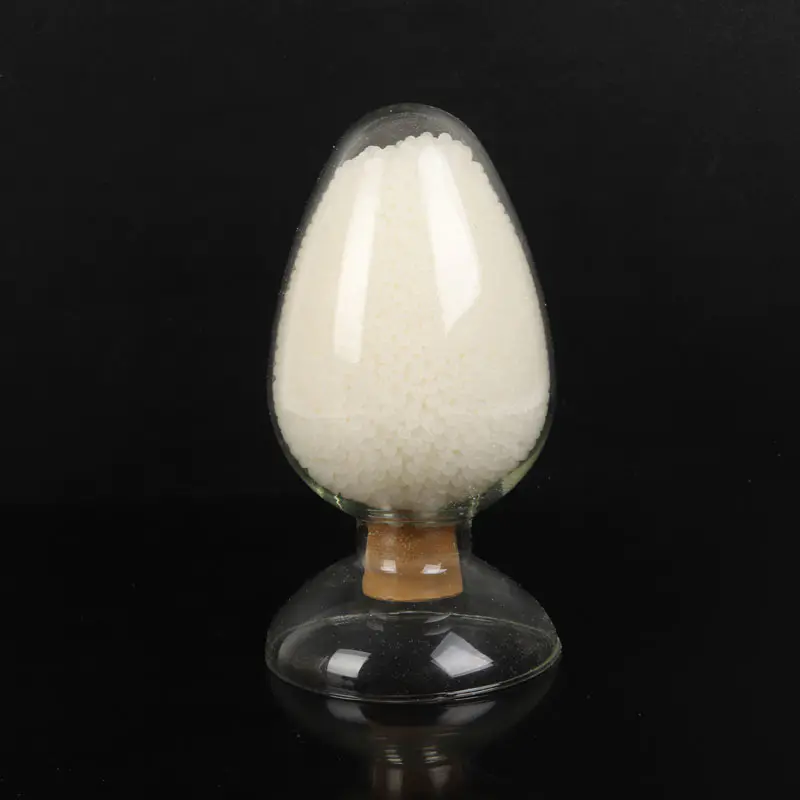How Bio-based Plastics Are Revolutionizing the Packaging Industry
2025-01-20
Packaging is a major contributor to global plastic waste, accounting for nearly 40% of all plastic produced. Bio-based plastics are transforming this sector by providing sustainable alternatives that align with environmental goals.
Why Bio-based Plastics for Packaging?
Bio-based plastics are ideal for packaging due to their:
- Versatility: Suitable for rigid and flexible applications.
- Eco-friendliness: Lower carbon footprint compared to petroleum-based plastics.
- Performance: Comparable strength, transparency, and durability to traditional materials.

Key Bio-based Plastics in Packaging
1. PLA (Polylactic Acid): Widely used for biodegradable food packaging, such as trays, cups, and wraps.
2. Bio-PET: A bio-based version of traditional PET, used for bottles and containers.
3. Starch-based Plastics: Often blended with other biopolymers for compostable films and bags.
Applications of Bio-based Plastics in Packaging
- Food and Beverage: Compostable coffee cups, biodegradable snack bags, and water bottles.
- Retail: Bio-based shopping bags and sustainable gift wraps.
- E-commerce: Protective mailers and cushioning materials.
Benefits for the Packaging Industry
1. Meeting Consumer Demand: With increasing awareness, consumers prefer eco-friendly packaging.
2. Regulatory Compliance: Bio-based plastics help companies meet stringent environmental regulations.
3. Brand Differentiation: Sustainable packaging enhances a brand’s image and market appeal.
4. Waste Reduction: Compostable options minimize landfill accumulation.
Challenges in Packaging Adoption
1. Cost Parity: Bio-based plastics are often more expensive than traditional options.
2. Infrastructure Gaps: Limited composting and recycling facilities for bio-based materials.
3. Durability Concerns: Biodegradable plastics may have a shorter shelf life under certain conditions.
Emerging Trends in Bio-based Plastic Packaging
1. Smart Packaging: Combining bio-based materials with technology for extended shelf life and traceability.
2. Innovative Feedstocks: Developing plastics from algae, waste oils, and agricultural residues.
3. Collaborative Efforts: Partnerships between brands and bio-plastic manufacturers to drive innovation.
Future Outlook
The packaging industry is poised for a sustainable transformation, with bio-based plastics at the forefront. As production scales and technology improves, costs are expected to decline, paving the way for widespread adoption.
Conclusion
Bio-based plastics are more than just a trend—they’re a necessity in the fight against environmental degradation. For the packaging industry, these materials offer a path to sustainability while meeting the functional and aesthetic demands of modern consumers. By embracing bio-based plastics, the packaging sector can lead the way in building a greener, more sustainable future.


